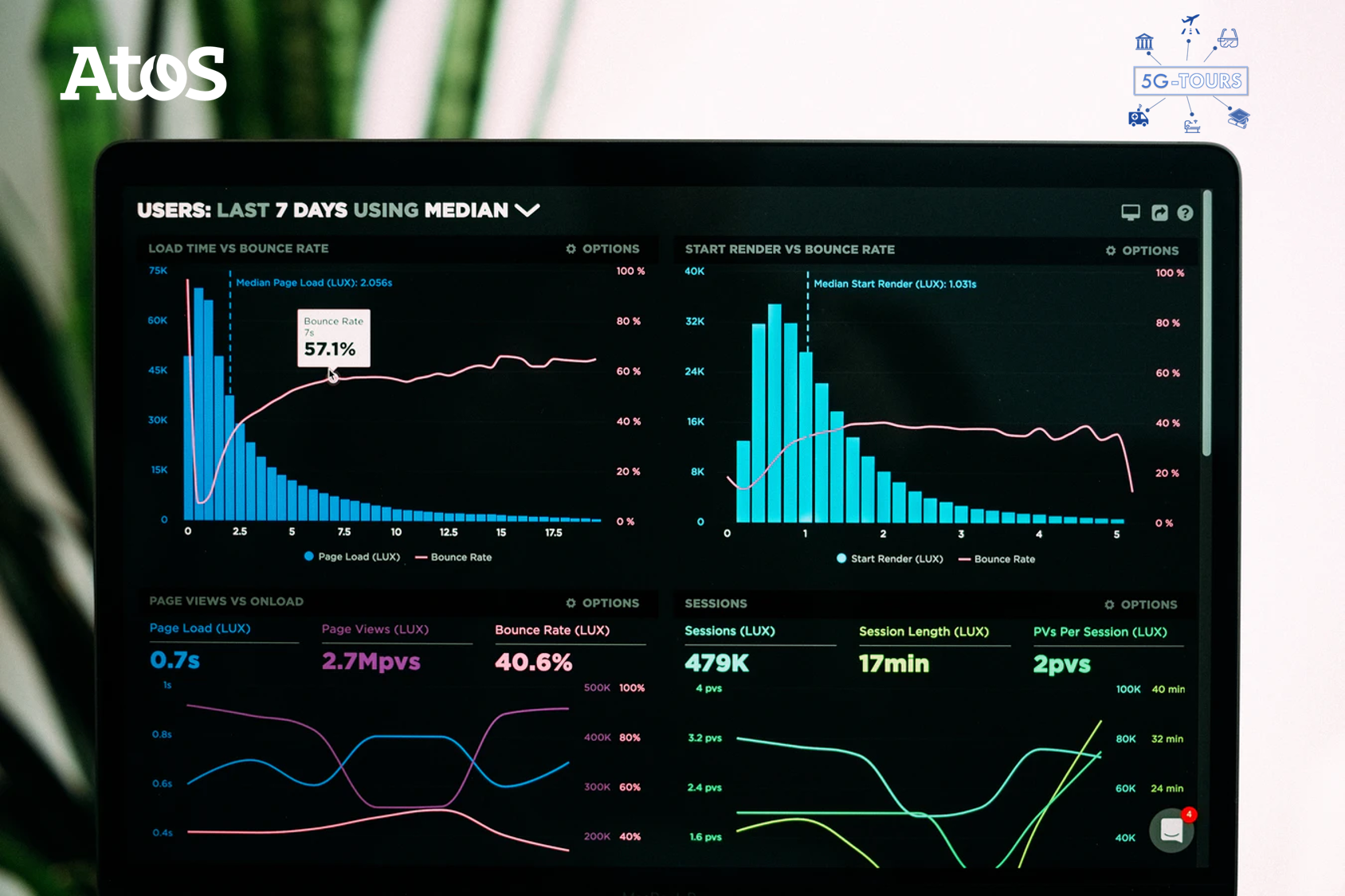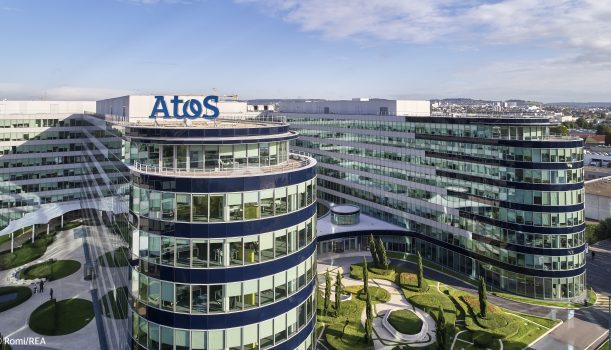Atos is participating in 5GTOURS project through its Research and Innovation hub, which has more than 30 years’ experience in running research, development and innovation projects within the European Union. From this division, Atos is currently participating in more than 100 projects, leading around 30% of them. Through this division, Atos has positioned itself as a leader in the European research environment, with the telecommunications, networks and media area being one of its strongest units. In general terms, Atos contributes to the project by coordinating the definition and design of the use cases, as a link with the Open Source MANO, participating in 2 of the 13 use cases, and providing support in the communication and dissemination tasks.
Atos is coordinating the definition of the use cases that are being implemented and will be demonstrated by the 5GTOURS project in terms of functionality, applications, scenarios and storyline, but also the implications from technical, deployment, and economical perspectives. These use cases, being trialled in real environments, involve all the relevant players of the ecosystem and will provide operational services, which represent an important business opportunity for the specific vertical customers in each case.
The culture digitalization is one of the keys focuses that Atos is promoting within ARI, and especially in this situation of social distancing in which technology could contribute to approaching us in a digital way. This is why Atos chosen to be actively involved in two key pilots of 5G and Augmented Reality where the team will drive the AR/VR technical aspects of the relevant use cases in Turin and Athens.
-
The first use case is being developed at the Palazzo Madama museum in Turin, together with TIM and Ericsson. 5GTOURS team is digitizing the pieces of art in order to create an interactive and 360º experience of the museum visit.

Through an application developed by ARI team and with the latest Augmented Reality and XR (cross reality) technology, visitors will have access to in-depth and complementary information about the artwork they are currently looking at. Through the geolocation and the user’s location, the application detects the proximity to a specific area and pre-downloads multimedia contents augment user’s visit to the museum before the user gets to the piece of art.
By scanning the work of art in each case with image identification and detection software and Augmented Reality, the user can see additional information about the author, the year, the type of work, and other works of art or videos. This is heavy data that require the latest 5G technology to increase bandwidth and decrease latency.
- The second one, located in Greece, will have an educational and cultural application. This Athens-based use case involves a students’ excursion on an AR/VR enhanced school bus. To this end, 5GTOURS will bring a GPSequipped school buses that will be transformed to connected ones, also offering AR/VR applications towards education and, at the same time, entertaining students. Thanks to this application, children will have access to formative information during a specific journey through augmented reality.
Moreover, as part of the work developed in 5GTOURS and in order to support the novel functionalities of the project based in service assurance and AI management of the network, Atos is designing and developing a software solution based on AI-Agents, which is also intended to be integrated into the ETSI OSM platform. Based on this solution, network management, resource allocation, and VNFs placement will be autonomously driven by AI models.

In the current OSM implementation (OSM Rel.8) network elasticity actions are triggered in a reactive way after relevant unexpected events (e.g., lack of RAM to execute a Network Service). However, this could not be fully optimal in certain situations, since the associated Network Service might not run properly until the failure is detected and mitigated.
With the new AI-Agents approach developed by Atos, a proactive AI-based concept will be provided. This new concept will be based on forecasting possible failures taking into account previous network events and measurements, being able to trigger the necessary actions before those failures could actually happen. In this way, AI-Agents will make possible a leap from reactive to proactive network management, providing higher reliability. This will be an important contribution from the 5GTOURS project to standardization.


